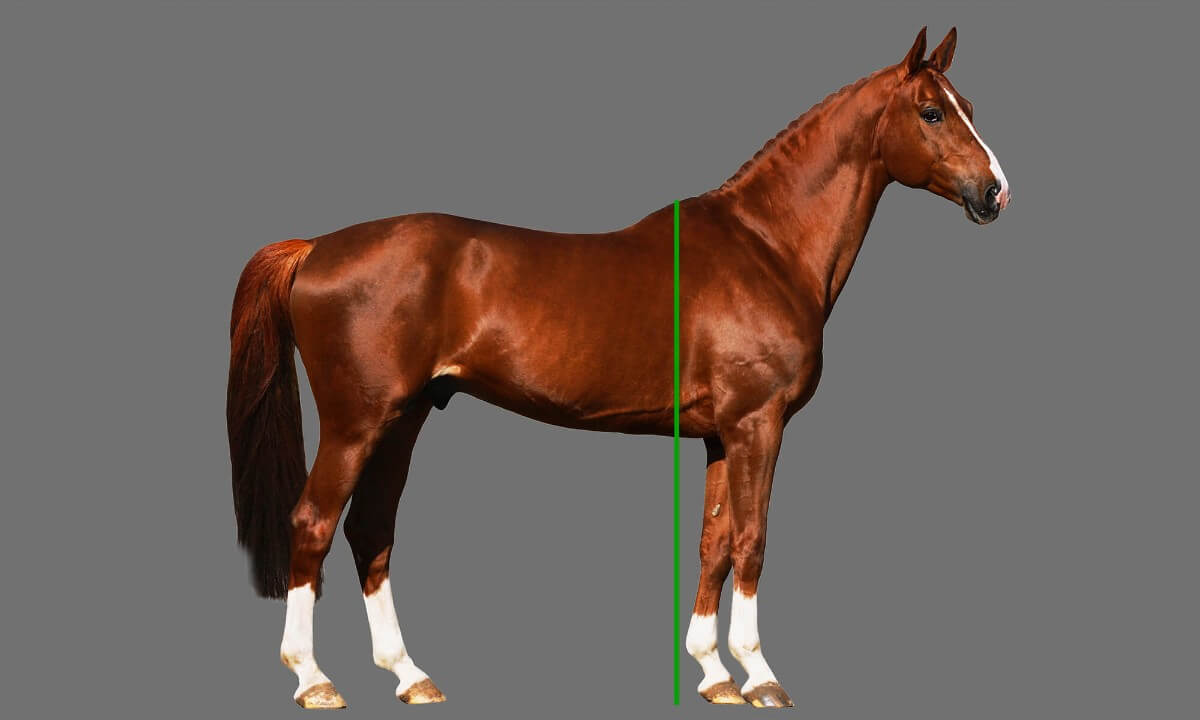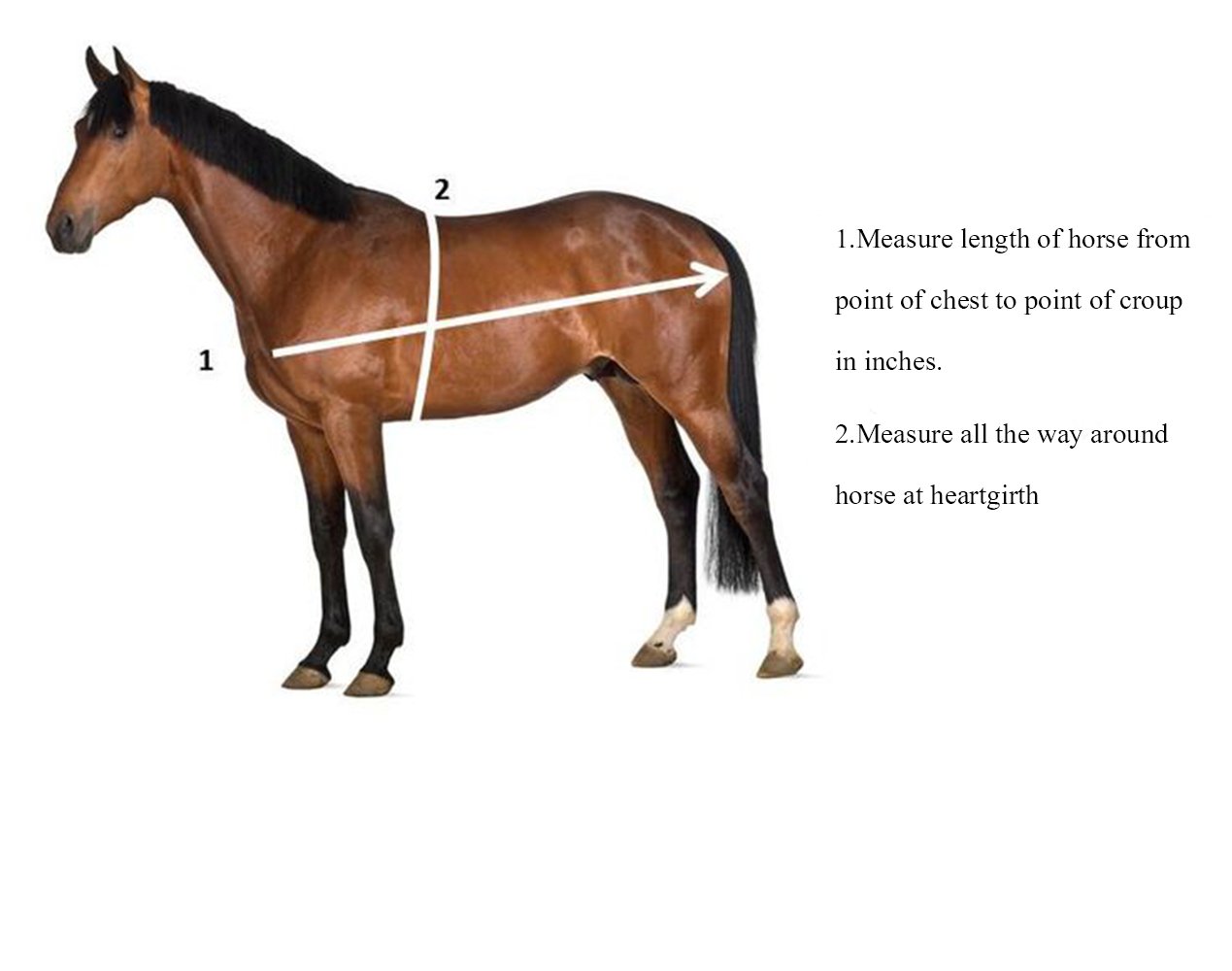Knowing the specifics of horse height measurement and equine weight estimation is crucial for horse owners and veterinarians. These metrics are not only significant for tracking growth and development but also for designing appropriate nutrition plans, determining medication dosages, and assessing overall health. In the world of equestrian sports, these measurements are equally important for categorizing competition classes and breeding programs.
Horse Height Measurement Explained
The standard unit for measuring horse size is the ‘hand,’ where one hand equals four inches. When you determine horse height, you’re measuring from the ground to the highest point of the withers — the ridge between the shoulder blades — which is the industry standard for an accurate depiction of a horse’s stature.
Equine Weight Estimation Basics
To calculate horse weight, you might imagine placing a horse on a scale, but it’s often more complex. Since large equine scales are not always accessible, weight tapes and formulas become invaluable tools for equine weight estimation. Understanding the horse weight chart is also essential for interpreting these measurements accurately.
Tools for Measuring Horse Size

Accurate measurement of horses is facilitated by specific tools designed to ensure precision and ease. Whether you’re a seasoned equestrian or a new horse owner, familiarizing yourself with these tools is a key step in responsible horse management.
Choosing the Right Horse Tape Measure
A horse tape measure is a flexible tool specifically marked for equine measurements. When selecting one, look for durability, ease of reading, and the ability to measure both height and weight. Some tapes are marked with hands and inches for height, and centimeters and pounds for weight, simplifying the process significantly.
The Role of the Equine Scale
If available, an equine scale provides the most accurate way to weigh a horse. These large scales are designed to accommodate a horse’s size and movement. While not commonly found in individual barns due to their size and cost, they are often used in veterinary hospitals and research facilities.
Step-by-Step Guide to Measure Horse Height

Accurately determining your horse’s height is a straightforward process that can be completed with a few simple steps. Ensure that the horse is standing on level ground and is as square as possible before you start.
Determine Horse Height with a Measuring Stick
Using a measuring stick is the most traditional method to determine horse height. Position the stick perpendicular to the ground and slide the horizontal bar down until it rests gently on the withers. Read the measurement where the bar meets the stick, and you have your horse’s height in hands.
Pony Height Measurement Techniques
Pony height measurement follows the same principles as measuring a full-sized horse. Ponies, often being more cooperative due to their size, might allow for simpler measuring techniques. However, precision remains key to ensure accurate records for veterinary care and competition requirements.
How to Convert Horse Measurements from Hands to Inches
- Record the measurement in hands.
- Multiply the whole number of hands by four (since one hand equals four inches).
- Add any additional inches to this result.
- The sum is the total height in inches.
Calculating a Horse’s Weight

While knowing how to measure a horse’s height is important, understanding the methods to calculate horse weight is equally essential. Accurate weight estimation helps in determining feed rations, medication dosages, and overall health management.
Calculate Horse Weight Using Formulas
Formulas can be used to estimate a horse’s weight by taking various body measurements and applying them to a mathematical equation. The most common formula involves measuring the heart girth (circumference of the body just behind the front legs) and the body length (from the point of the shoulder to the point of the buttock) and then applying these numbers to a specific formula.
Horse Weighing Methods Compared
Aside from an equine scale, there are several horse weighing methods including weight tapes and mathematical formulas. Each method has its advantages and limitations, with scales offering precision and formulas providing convenience.
Understanding the Horse Weight Chart
A horse weight chart typically correlates body measurements with estimated weights. These charts can vary by breed and body type, so it’s important to use one that’s appropriate for your horse. Reading the chart alongside a weight tape can give you a close approximation of your horse’s weight.
Practical Tips for Horse Height and Weight Management

Managing your horse’s height and weight is an ongoing process that requires regular monitoring and adjustments to their care routine. With a few practical tips, you can ensure your horse stays healthy and fit.
Assessing Your Horse’s Body Condition Score
The Body Condition Score (BCS) is a visual assessment of a horse’s fat and muscle distribution. It ranges from 1 (emaciated) to 9 (obese), with an ideal score around 5. Regularly evaluating your horse’s BCS can help you make informed decisions about their diet and exercise needs.
Adjusting Diet According to Horse Size
After measuring horse size, you can adjust your horse’s diet accordingly. Larger horses generally require more calories to maintain their weight, while smaller horses or ponies may need less to prevent obesity. Always consider the individual needs of your horse and consult with a veterinarian or equine nutritionist when making significant changes to their diet.
Advanced Techniques for Horse Size Assessment

With advancements in technology and the availability of professional services, horse owners now have access to more sophisticated methods for assessing equine size and health.
Using Technology in Equine Weight Estimation
Technological innovations such as 3D imaging and software applications can provide detailed and accurate equine weight estimation. These tools take multiple measurements and can even track changes over time, providing a comprehensive view of a horse’s growth and weight fluctuations.
When it comes to horse care, knowing the specifics like your horse’s height and weight can be crucial for various reasons, such as feeding, training, and healthcare. If you’re looking for guidance on this topic, you might also be interested in learning how to properly measure for a horse blanket. Our article on how to measure for a horse blanket can help ensure your horse stays comfortable and protected.
Additionally, if you’re involved in equestrian activities, maintaining a level arena is important for the safety and performance of your horse. Don’t miss our guide on how to level a horse arena for tips on creating the ideal riding surface.
And should you need to travel with your equine companion, knowing how to transport a horse safely is vital. For a smooth and stress-free journey, take a look at our recommendations in the article about how to transport a horse. All these resources are designed to help you provide the best care for your horse in every aspect of its life.
Professional Equine Appraisals
For those seeking the most accurate assessment, professional equine appraisals are available. These experts use a combination of measurement tools, formulas, and their extensive experience to provide a detailed evaluation of a horse’s size and condition, which can be particularly valuable for insurance, sales, and competition purposes.
Understanding the intricacies of measuring and managing your horse’s height and weight is essential for their well-being. By utilizing the proper tools, techniques, and professional services, you can ensure that your equine companion is healthy, happy, and thriving in their environment.



